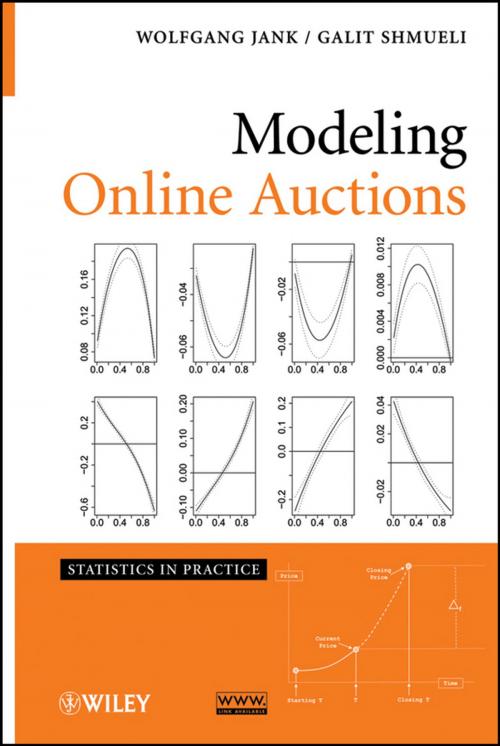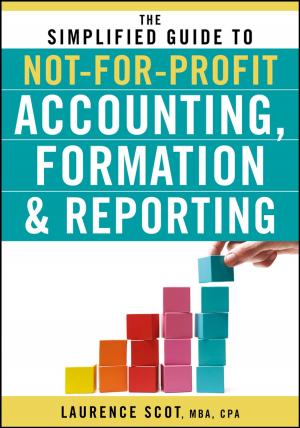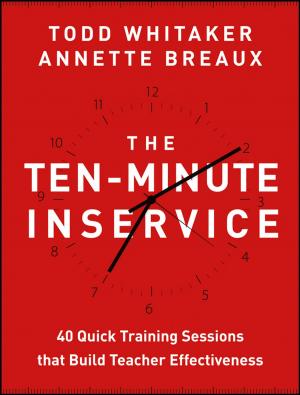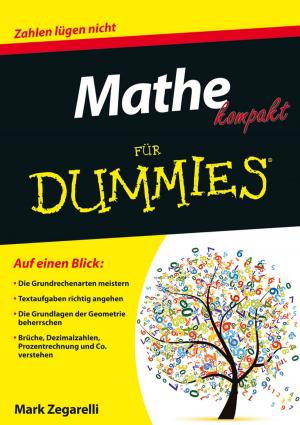| Author: | Wolfgang Jank, Galit Shmueli | ISBN: | 9781118031865 |
| Publisher: | Wiley | Publication: | December 1, 2010 |
| Imprint: | Wiley | Language: | English |
| Author: | Wolfgang Jank, Galit Shmueli |
| ISBN: | 9781118031865 |
| Publisher: | Wiley |
| Publication: | December 1, 2010 |
| Imprint: | Wiley |
| Language: | English |
Explore cutting-edge statistical methodologies for collecting, analyzing, and modeling online auction data
Online auctions are an increasingly important marketplace, as the new mechanisms and formats underlying these auctions have enabled the capturing and recording of large amounts of bidding data that are used to make important business decisions. As a result, new statistical ideas and innovation are needed to understand bidders, sellers, and prices. Combining methodologies from the fields of statistics, data mining, information systems, and economics, Modeling Online Auctions introduces a new approach to identifying obstacles and asking new questions using online auction data.
The authors draw upon their extensive experience to introduce the latest methods for extracting new knowledge from online auction data. Rather than approach the topic from the traditional game-theoretic perspective, the book treats the online auction mechanism as a data generator, outlining methods to collect, explore, model, and forecast data. Topics covered include:
- Data collection methods for online auctions and related issues that arise in drawing data samples from a Web site
- Models for bidder and bid arrivals, treating the different approaches for exploring bidder-seller networks
- Data exploration, such as integration of time series and cross-sectional information; curve clustering; semi-continuous data structures; and data hierarchies
- The use of functional regression as well as functional differential equation models, spatial models, and stochastic models for capturing relationships in auction data
- Specialized methods and models for forecasting auction prices and their applications in automated bidding decision rule systems
Throughout the book, R and MATLAB software are used for illustrating the discussed techniques. In addition, a related Web site features many of the book's datasets and R and MATLAB code that allow readers to replicate the analyses and learn new methods to apply to their own research.
Modeling Online Auctions is a valuable book for graduate-level courses on data mining and applied regression analysis. It is also a one-of-a-kind reference for researchers in the fields of statistics, information systems, business, and marketing who work with electronic data and are looking for new approaches for understanding online auctions and processes.
Visit this book's companion website by clicking here
Explore cutting-edge statistical methodologies for collecting, analyzing, and modeling online auction data
Online auctions are an increasingly important marketplace, as the new mechanisms and formats underlying these auctions have enabled the capturing and recording of large amounts of bidding data that are used to make important business decisions. As a result, new statistical ideas and innovation are needed to understand bidders, sellers, and prices. Combining methodologies from the fields of statistics, data mining, information systems, and economics, Modeling Online Auctions introduces a new approach to identifying obstacles and asking new questions using online auction data.
The authors draw upon their extensive experience to introduce the latest methods for extracting new knowledge from online auction data. Rather than approach the topic from the traditional game-theoretic perspective, the book treats the online auction mechanism as a data generator, outlining methods to collect, explore, model, and forecast data. Topics covered include:
- Data collection methods for online auctions and related issues that arise in drawing data samples from a Web site
- Models for bidder and bid arrivals, treating the different approaches for exploring bidder-seller networks
- Data exploration, such as integration of time series and cross-sectional information; curve clustering; semi-continuous data structures; and data hierarchies
- The use of functional regression as well as functional differential equation models, spatial models, and stochastic models for capturing relationships in auction data
- Specialized methods and models for forecasting auction prices and their applications in automated bidding decision rule systems
Throughout the book, R and MATLAB software are used for illustrating the discussed techniques. In addition, a related Web site features many of the book's datasets and R and MATLAB code that allow readers to replicate the analyses and learn new methods to apply to their own research.
Modeling Online Auctions is a valuable book for graduate-level courses on data mining and applied regression analysis. It is also a one-of-a-kind reference for researchers in the fields of statistics, information systems, business, and marketing who work with electronic data and are looking for new approaches for understanding online auctions and processes.
Visit this book's companion website by clicking here















